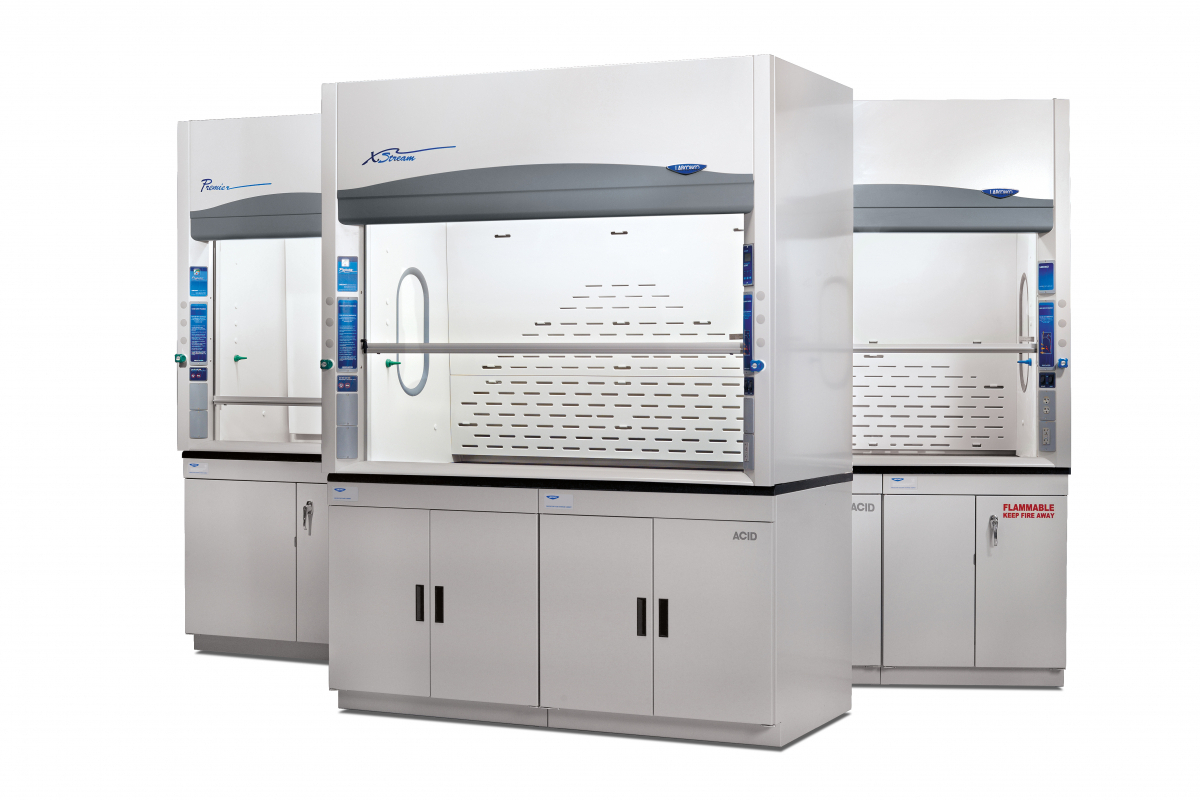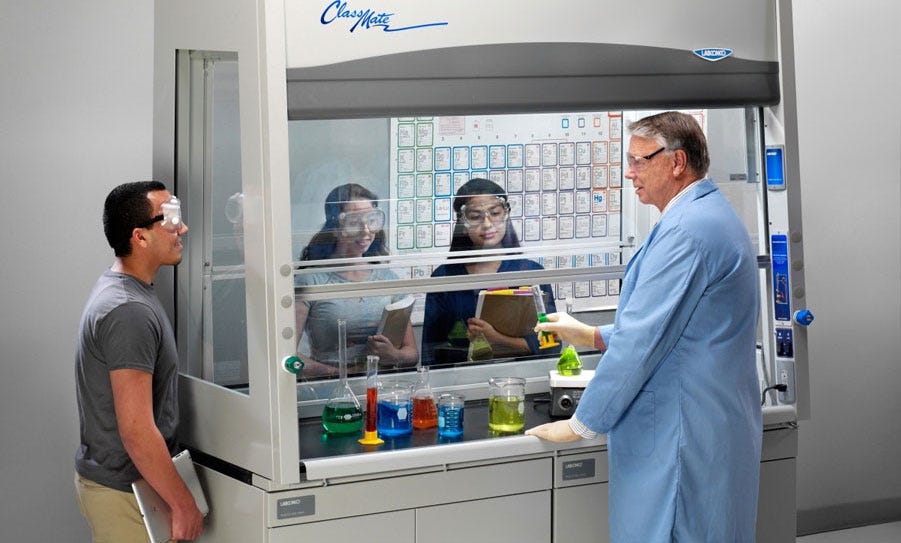After buying a fume hood from a lab fume hoods supplier Malaysia, your lab and your own precious nose can finally be protected from harmful fumes. Maybe you are now wondering about its workings, how it is supposed to filter and release fumes from your workspace.
A fume hood begins pulling harmful air through what is known as a sash. This protects you from injuries ranging from splashes to burns that may occur while working inside the hood. The fume hood measures the air with two methods: volumetric flow of air and face velocity.
Volumetric flow of air
In the first method, the velocity of air flowing out of a cubic of space it just filled is measured. It is an important step because the hood will not perform well if there is too much or too little air. Since the hood needs to move mass quantities of air, makeup air must be added to the room to achieve balance.
Additional air may be required if the room is small or there are more than one fume hood. Without adequate supply of makeup air or if that same air is switched off, fumes will escape into your lab as the hood cannot achieve the required face velocity.
Face velocity
Face velocity refers to the speed of air entering the hood’s front. This is when the height of its sash plays a very vital role in this step.
Imagine yourself watering your garden with a garden hose. If you press your thumb against a part of the hose’s rim while water is flowing, the flow becomes much more forceful. Yet that same amount of water is still entering and exiting the hose.
This imagery is applied to air that moves through a fume hood. As the sash is the equivalent to your thumb, it controls the linear rate of air moving through the hood.
Two basic types
There are two basic types of fume hoods, and if you aren’t aware yet, your hood may be either one of said types. There is constant volume, and there is variable air volume or VAV.
In a constant volume hood, the exhaust flow rate or quantity of air pulled through the hood is constant regardless of the sash’s position. Here, whether the sash is raised or lowered, the face velocities will either decrease or increase respectively.
Meanwhile, the sash of a VAV hood lowers and raises alternatively as the exhaust flow rate or quantity of pulled air varies based on its position. This is important to ensure that the face velocity remains constant. When the sash is lowered and the cross-sectional area of the hood opening decreases, the total volume of air is also lessened.
A VAV hood is usually equipped with a monitor that indicates whether the hood is on “standby” or “standard” operation. Should the contaminants need to be removed from the lab quickly, the monitor has an emergency “purge” button that increases airflow through the hood.
If a malfunction occurs, the hood will sound an alarm activated by its flow sensors.
Exhaust area
Harmful gases and fumes are pushed into the slots and baffles as air flows its way through the middle of the hood. These two components, which are adjusted to allow constant air flow, direct the exhausted air through the ductwork. Baffles eliminate dead spots or reverse air flows that can cause fumes to escape from the hood.
The exhaust path is blocked if there are items inside the hood or the baffles are closed.
Exhaust vapors through ductwork
On the top of the building, an exhaust fan pulls the air through the ductwork connected to the hood and releases it into the atmosphere outside. In the case for ductless hoods, the air is filtered and recirculated back into the room.

